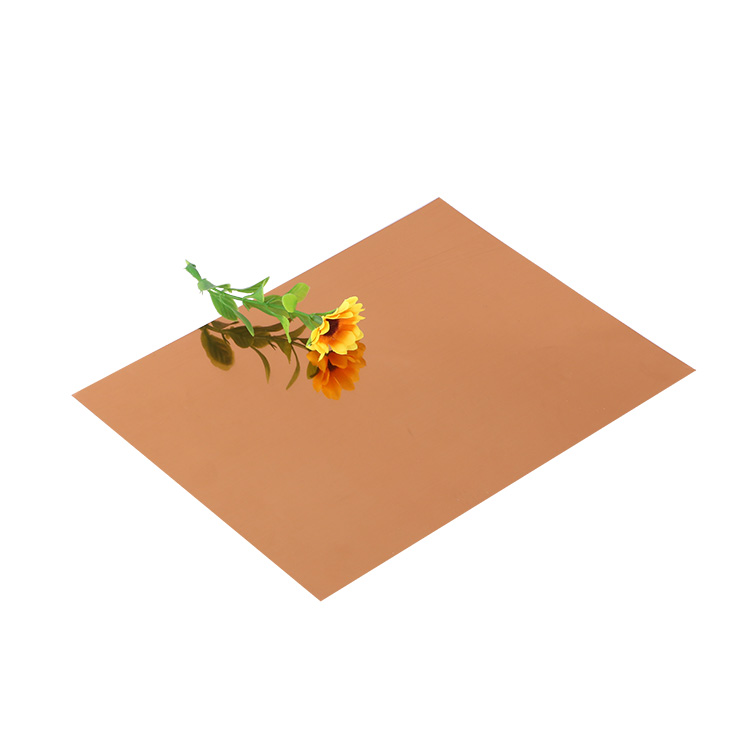The Key Materials for Achieving a High-Quality Mirror Surface in Manufacturing
2024-06-19
Creating a high-quality mirror surface is an art that combines precise material selection with advanced finishing techniques. Whether for aesthetic purposes, functional requirements, or scientific applications, achieving that flawless, reflective finish demands both expertise and the right materials. In this blog, we will explore the most common materials used to create a high-quality mirror surface in manufacturing and the reasons behind their selection.
1. Aluminum
Aluminum is one of the most popular materials for creating mirror surfaces, especially in the automotive and aerospace industries. Its natural reflectivity, lightweight properties, and excellent machinability make it an ideal choice. Anodizing aluminum can enhance its reflective properties and provide a protective layer that increases its durability. Additionally, aluminum mirrors are often used in scientific equipment and optical devices due to their high reflectivity in the visible and ultraviolet spectrums.
2. Stainless Steel
Stainless steel is renowned for its strength, corrosion resistance, and ability to maintain a high-quality mirror finish. It is widely used in architecture, kitchen appliances, and medical equipment. The mirror finish on stainless steel is typically achieved through a series of grinding and polishing steps, culminating in a buffing process that brings out its reflective qualities. The durability and ease of maintenance make stainless steel an excellent choice for environments where both appearance and hygiene are crucial.
3. Glass
Glass mirrors are ubiquitous in daily life, from bathroom mirrors to decorative pieces and scientific instruments. The process of creating a glass mirror involves coating one side of a glass sheet with a reflective material, usually aluminum or silver. Silvering is the traditional method, where a thin layer of silver is applied, followed by protective layers to prevent tarnishing. Modern advancements have introduced aluminum coatings, which are cost-effective and provide excellent reflectivity. The clarity and smoothness of the glass substrate are critical for achieving a high-quality mirror surface.
4. Acrylic
Acrylic, or plexiglass, is a lightweight and shatter-resistant alternative to glass. It is often used in applications where safety and weight are concerns, such as in signage, displays, and certain architectural features. The mirror finish on acrylic is typically achieved through a vacuum metallizing process, where a thin layer of aluminum is deposited on the acrylic surface. The result is a highly reflective and durable mirror that is less prone to breakage compared to traditional glass mirrors.
5. Silver
Silver is the traditional material for high-quality mirrors due to its exceptional reflectivity. It is used in applications where the highest possible reflectance is required, such as in telescopes, scientific instruments, and premium decorative mirrors. The process of silvering involves depositing a thin layer of silver onto a substrate, often glass, followed by protective coatings to prevent oxidation and tarnishing. While silver provides unparalleled reflectivity, it requires careful handling and maintenance to preserve its mirror finish.
Conclusion
Achieving a high-quality mirror surface in manufacturing involves more than just selecting the right material; it requires meticulous processing and finishing techniques to bring out the best reflective qualities of each material. Aluminum, stainless steel, glass, acrylic, and silver each offer unique advantages, making them suitable for various applications across different industries. Understanding the properties and benefits of these materials can help manufacturers make informed decisions to meet the specific requirements of their projects, ensuring both functionality and aesthetic appeal in their mirror surfaces.



